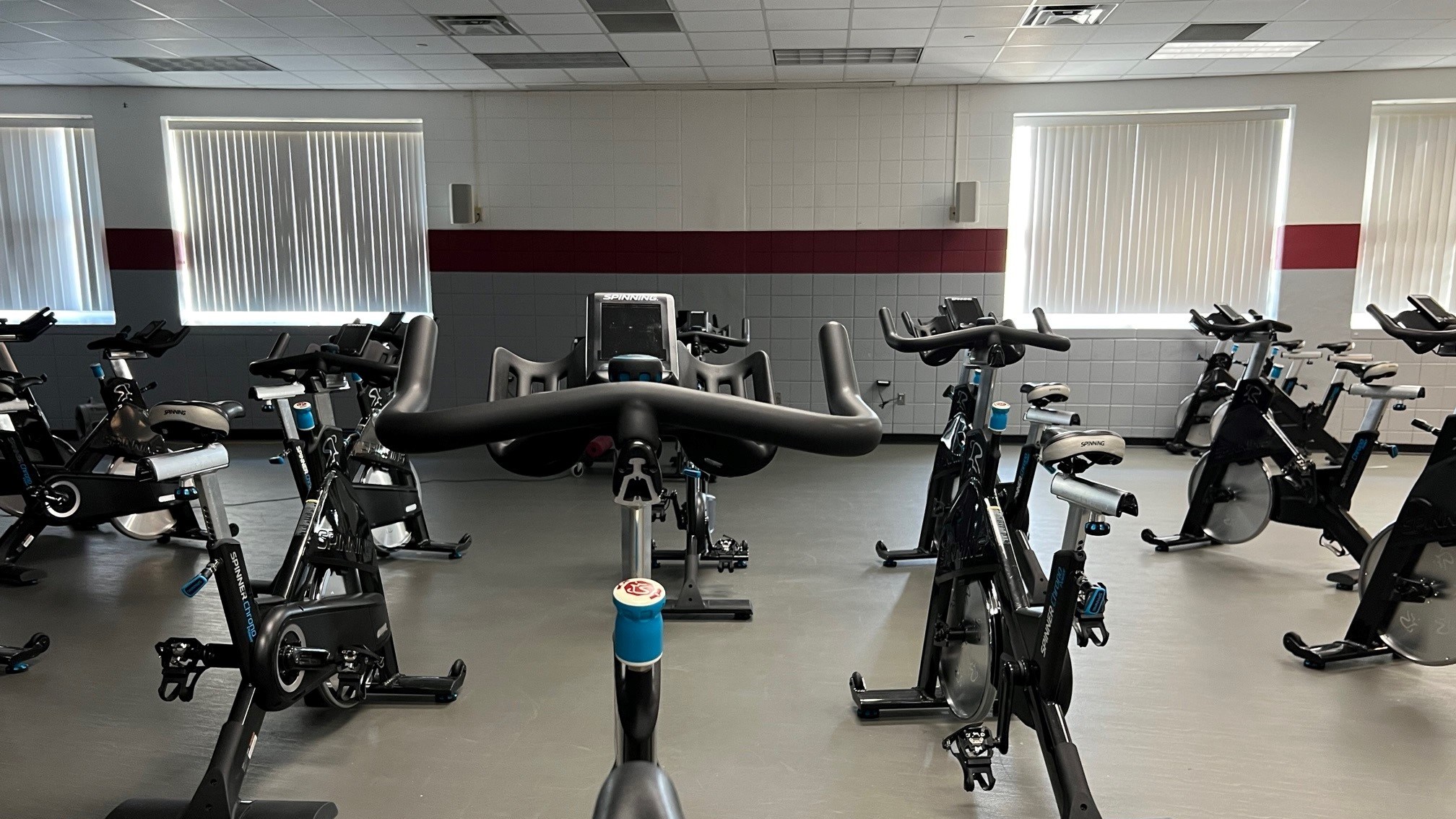Frequently asked question
A page within Center for Transformative Justice
Frequently Asked Questions
Why does UWL need a Bias Support & Education Team?
Bias Support & Education Teams are becoming more common on college campuses that are committed to providing students and employees with an inclusive and safe place to work, live, and learn. No college campus is immune to bias and so it is important to provide an outlet for campus community members to report such incidents and feel supported.
What's the difference between a hate crime and a bias incident
A bias incident is any non-criminal act or attitude motivated, in whole or in part, by the impacted parties' actual or perceived race, religion, ethnic background, sexual orientation, gender, gender identity, or disability.
A hate crime is any criminal act or attempted criminal act, motivated, in whole or part, by the victim's actual or perceived race, religion, ethnic background, sexual orientation, gender, gender identity, or disability.
For an act to qualify as a hate crime, two variables must be present:
- A crime must take place
- That crime must be motivated by bias against characteristics included in federal, state, and/or local statutes.
If you believe you have been the target or witness of a hate crime, call 911 immediately or contact our University Police at (608) 789-9999.
What if I'm not sure if this is a bias incident?
We encourage you to report regardless of whether you are certain it is a bias incident.
Please note that incident reports will be routed to one or more of the following university entities: the Bias Support & Education Team, Human Resources, Affirmative Action, Title IX, University Police, or Student Life.
Whether a member of the BS&ET or not, a University employee will connect with you and offer resources where appropriate regardless if the incident was motivated by bias.
What about free speech?
- Assist individuals in receiving the appropriate services (if requested)
- Develop programming and training opportunities to address bias
- Detect emerging patterns of biased activity
- Publish aggregated data about these incident rates and trends
- Make recommendations to campus leadership for the prevention of future bias incidents
Can I report if the incident happened off-campus?
I am an employee...is this form for me?
What should I do if I experience or witness bias?
If you have experienced or witnessed bias:
- First, ensure the safety and well-being of yourself and those around you. Should you feel unsafe call 911.
- Once you feel secure, document as much of the incident as possible, which includes taking pictures should there be visible evidence.
- Next, make sure to complete a Bias Incident Report and attach any documentation that you may have collected.
If you are in a position to play a supporting role:
- Keep in mind that individuals impacted by bias typically have 3 essential and immediate needs:
- the need to feel safe
- the need to be heard
- the need to know what happens next.
- Do what you can to create safety, display empathy, and then explore and communicate action steps.




